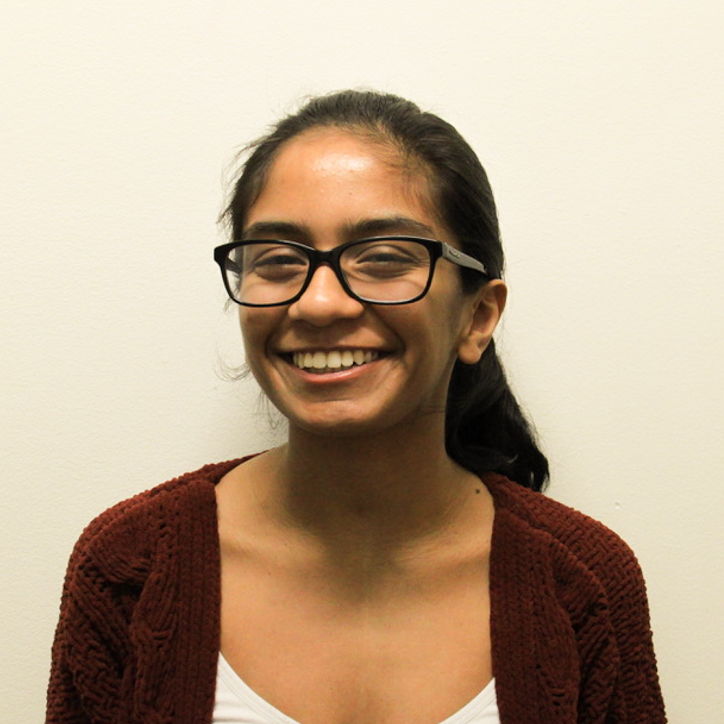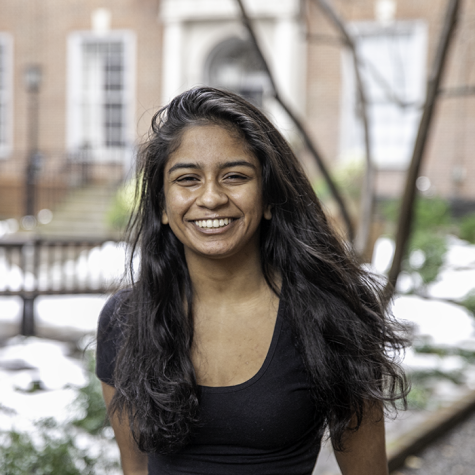Diversity, equity and inclusion have long been represented in NYU’s policies when it comes to addressing racism at an institutional level. These ideas, however, do not do nearly enough to address systemic injustice. Instead, they provide the illusion of fairness — although more marginalized people are represented, NYU fails to make any substantive changes or reparations for policies that uphold forms of marginalization. The university’s “commitment to building and strengthening a university-wide culture of diversity, inclusion, and equity” reveals the limits of its policies concerning racism in the midst of nationwide uprisings against anti-Blackness and police terror.
The administration’s vague, noncommittal statements have not demonstrated any serious change taking place across the university. Platitudes such as NYU President Andrew Hamilton’s recent statement proclaiming, “We stand in solidarity and support with those who oppose hate, ignorance and divisiveness” show a complete lack of substance. Who are these people that oppose hate, ignorance and divisiveness? Many like the New York City mayor’s office and the NYPD will claim to do so while still upholding racism at every fundamental level. The lack of material solidarity for specific anti-racist movements makes this vague statement practically useless.
How is the university showing any material support for actual anti-racist organizers, and how can it do so meaningfully while still maintaining its relationships to racist institutions? From Chartwells (the dining provider that upholds the prison industrial complex) to the NYPD, to companies like Wayfair, Dell and Microsoft that have ties to Immigrations and Customs Enforcement, NYU’s relationships with companies that uphold institutional racism run deep.
The concepts of diversity, equity and inclusion themselves are not enough to dismantle systemic racism. Beginning with diversity, its failure has been made increasingly evident, since the most diverse presidential administration yet presided over the suppression of uprisings against police terror in Ferguson, Mo. and Baltimore, more police killings of Black people, desecration of indigenous land, the Flint Michigan water crisis, a decline in Black wealth thanks to federal policies, complacency with surveillance of marginalized people and mass deportations.
The scheme of diversity is also one closely linked to the nonprofit industrial complex and the successes of liberalism in masking racism behind Black and brown faces. The nonprofit industrial complex refers to the relationships between the state, the nonprofit sector of the economy which accounts for $1 trillion in economic activity annually in the US and the elite class who all work in tandem to disrupt and co-opt social movements. NYU itself is a not-for-profit organization, and, given its ties to racist institutions as it simultaneously proclaims its commitment to anti-racism, it perfectly adheres to the nonprofit industrial complex model of co-opting social movements while actively working against their interest.
In addition, diversity ostensibly aims to bring more voices into the picture but does nothing to change our racist culture or dismantle our oppressive systems. Even though notions of inclusion and belonging have been mainstream in public discourse for years now, racism persists. For example, although there is increasing diversity in police departments, Black officers and other officers of color still brutalize marginalized communities.
Inclusion and equity, which operate according to similar liberal logics, stress fairness and representation for marginalized people –– that is, equal opportunity, access and treatment. Equity, however, has long been inscribed into law in this country despite persistent inequality in material conditions. Despite prohibitions on discrimination in housing, health, education, employment and voting, injustices in those spheres have been maintained for centuries. Liberal notions of equality, on the surface, promote egalitarianism. Liberalism does not actively undo or dismantle systems of oppression, but rather obscures it behind a rhetoric of equality. This does nothing to address systemic problems. Equality may be written into the laws of our liberal institutions but material inequality still lives on.
University administrators’ most pressing concern should be the university’s persistent relationship with a racist police department that has overseen continued brutality against anti-racist demonstrators in the last few months, not diversity, inclusion and equity initiatives. Real action NYU could take would be divestment from the NYPD and from the prison industrial complex, more comprehensive and mandatory anti-racist education that illuminates both the history and persistence of systemic racism and the actions individual students and organizations can take. NYU could also implement safe spaces on campus for BIPOC, address poverty and income insecurity among BIPOC students, invest in more justice programs and initiatives and end partnerships with racist companies and organizations.
Action beyond merely raising awareness about racism is necessary. While the university has promoted the distribution of anti-racist literature and committed to increased awareness initiatives, there have to be active measures taken beyond book lists and educational programs to dismantle racism and other forms of oppression in every institution in the university. Raising awareness and dismantling structural racism are very different things. Racism persists in all major institutions in this country, including at universities. NYU needs to move beyond feeble platitudes about diversity and inclusion and toward concrete change.
Opinions expressed on the editorial pages are not necessarily those of WSN, and our publication of opinions is not an endorsement of them.
A version of this article appeared in the Monday, Sept. 14, 2020 e-print edition. Email Asha Ramachandran at [email protected].
























































































































































